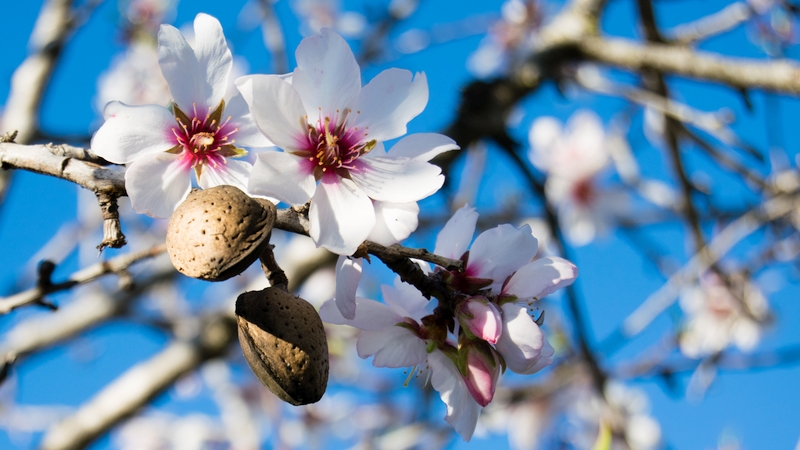California Targets European Winegrape Moth
A comprehensive program in 2010 that included quarantines, removal of grapes from backyard grapevines, and a strong commitment from growers, has resulted in a promising outlook this year for California’s continuing efforts to eradicate the European grapevine moth (EGVM). Insect traps in the Napa area, where the infestation was first detected in late 2009, have picked up only one EGVM so far in 2011, compared to more than 70,000 moths detected in January-April of 2010.
“It is remarkable what a community can do when it pulls together,” said California Department of Food Agriculture (CDFA) Secretary Karen Ross. “There is still a good deal of work to be done — but the signs so far this year are all positive, and we’ll develop a clearer picture of our progress as the spring season continues.”
As their name suggests, European grapevine moths are not native to California. The pest is known to occur in southern Asia, Japan, Europe, and North and South America. As grapevines bloom and grow in spring and summer, the moths feed on the emerging flowers and grape clusters. To minimize this damage, CDFA, in cooperation with USDA and county agricultural commissioners, is continuing in 2011 with fruit removal, treatments, trapping, surveys, and other activities begun last year.
The EGVM larvae, not the adult moths, are responsible for the damage to grapes. Larvae emerge early in the spring and feed on grape bud clusters or flowers. The larvae then spin webbing around them before pupating inside the web or under a rolled leaf. If heavy flower damage occurs during this first generation, the affected flowers will fail to develop and yield will be reduced. Second-generation larvae chew into the grapes to feed before pupating in the clusters or in leaves. Larvae of the third generation, the most damaging generation, feed on multiple ripening grapes and expose them to further damage from fungal development and rot. These larvae overwinter as pupae in protected areas such as under bark, and emerge as adults the following spring.
The initial infestation in Napa County and subsequent trapping throughout the region triggered a quarantine that affects portions of Napa, Sonoma, and Solano counties. More isolated infestations have triggered smaller quarantines in portions of Mendocino, San Joaquin, Santa Clara, Merced, and Fresno counties over the past year. The quarantines primarily affect growers as well as those who harvest, transport, and otherwise process or handle crops and nursery plants. Single moths were detected last year in Monterey and Santa Cruz counties, but subsequent trapping has not detected any additional moths so quarantines have not been declared in those areas.
The program for 2011 will include fruit removal and treatments in core areas within the quarantine zones, near sites where moths have been detected. For property owners who grow grapes non-commercially in an area targeted for treatment, fruit removal is the preferred option. For those who choose not to have their grapes removed, treatment with the organic pesticide Bt (Bacillus thuringiensis), a naturally occurring extract from bacteria, is a secondary option. In the Napa region near where the heaviest infestation was found, officials will also employ a mating disruption technique using twist ties infused with a pheromone that distracts male moths and keeps them from locating females to mate with.
For more information on EGVM, visit CDFA’s website here. For quarantine maps, see www.cdfa.ca.gov/phpps/PE/InteriorExclusion/egvm_quarantine.html. For treatment maps, see www.cdfa.ca.gov/phpps/egvm/treatment_maps.html.









